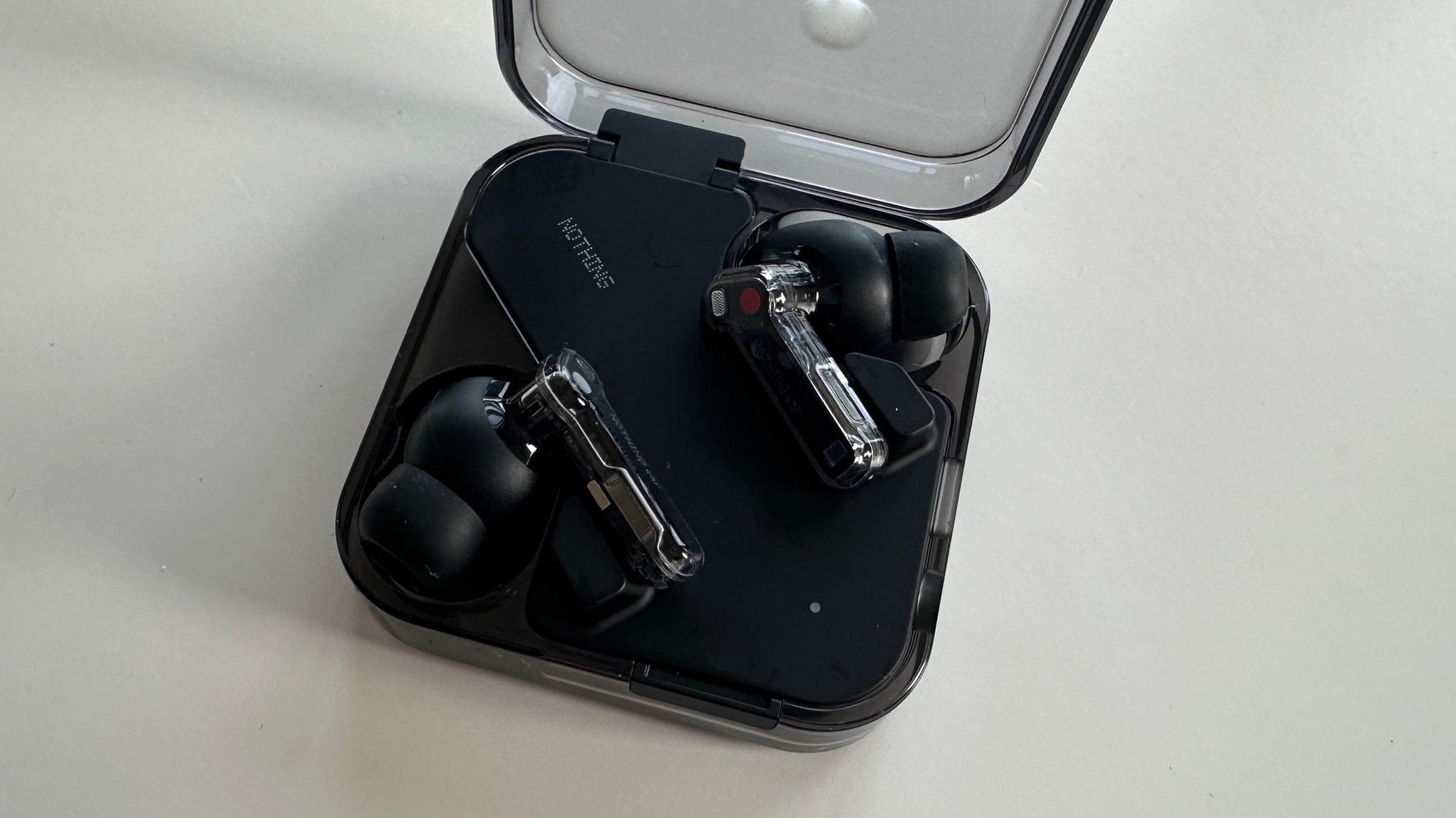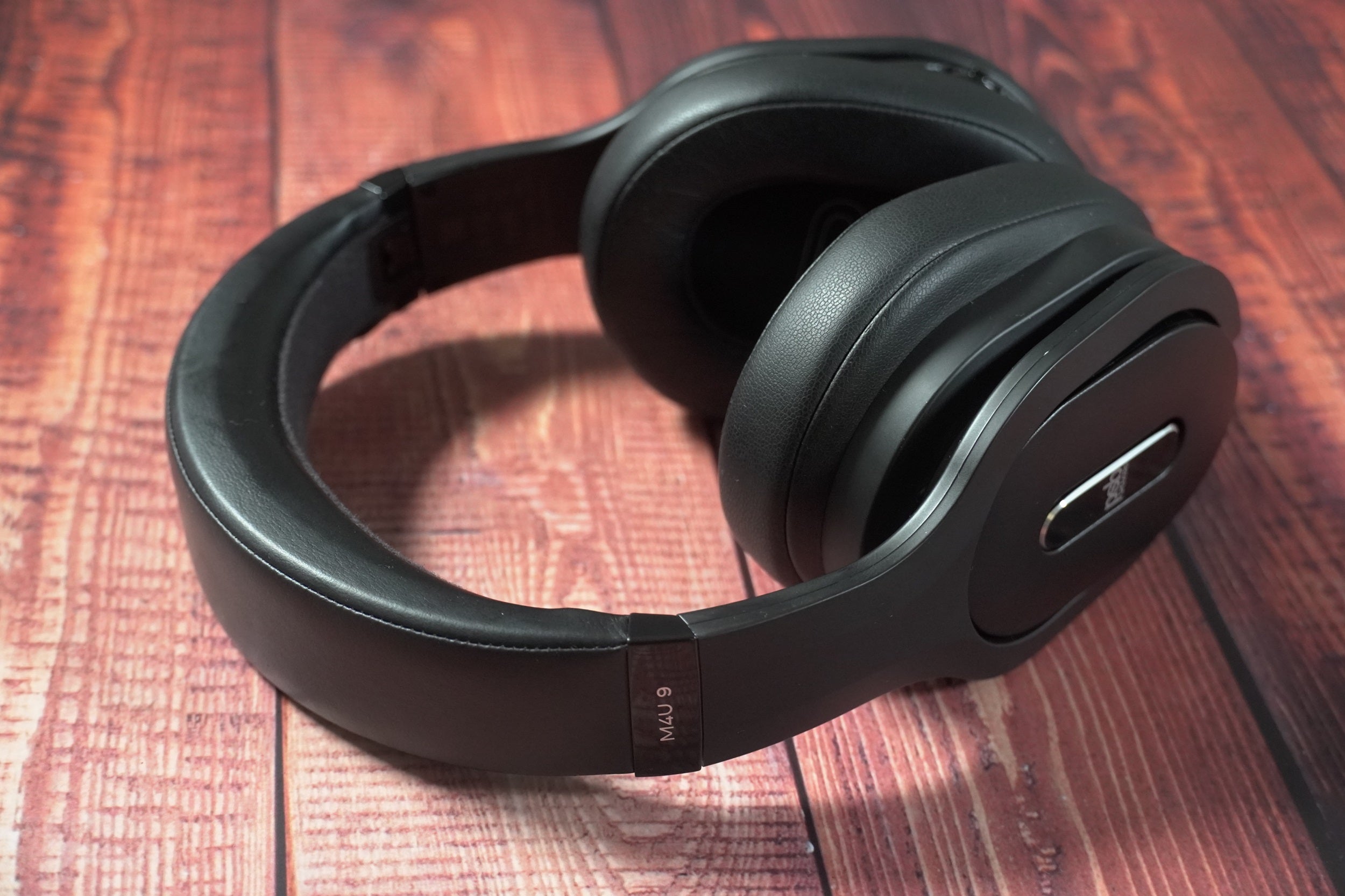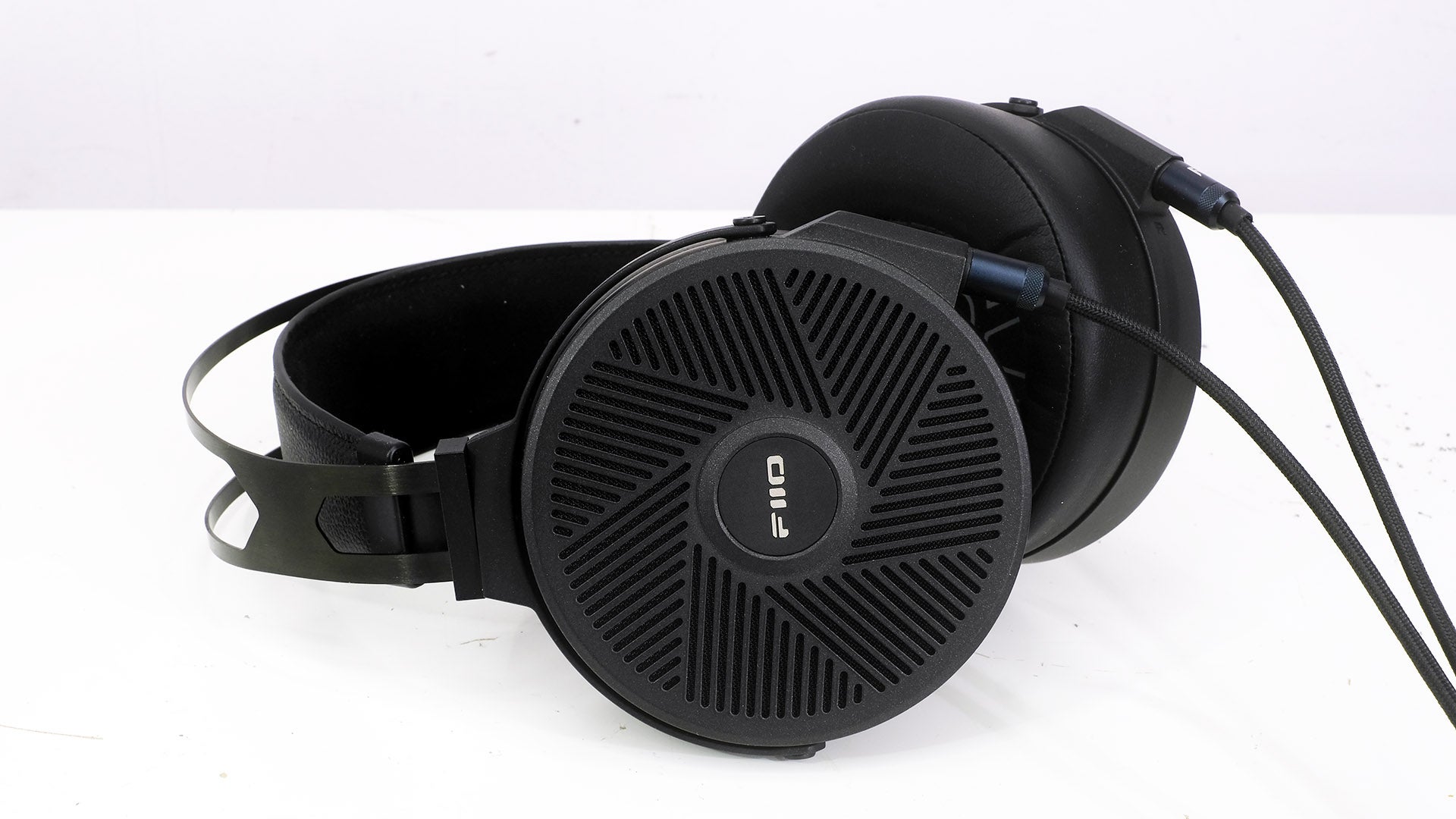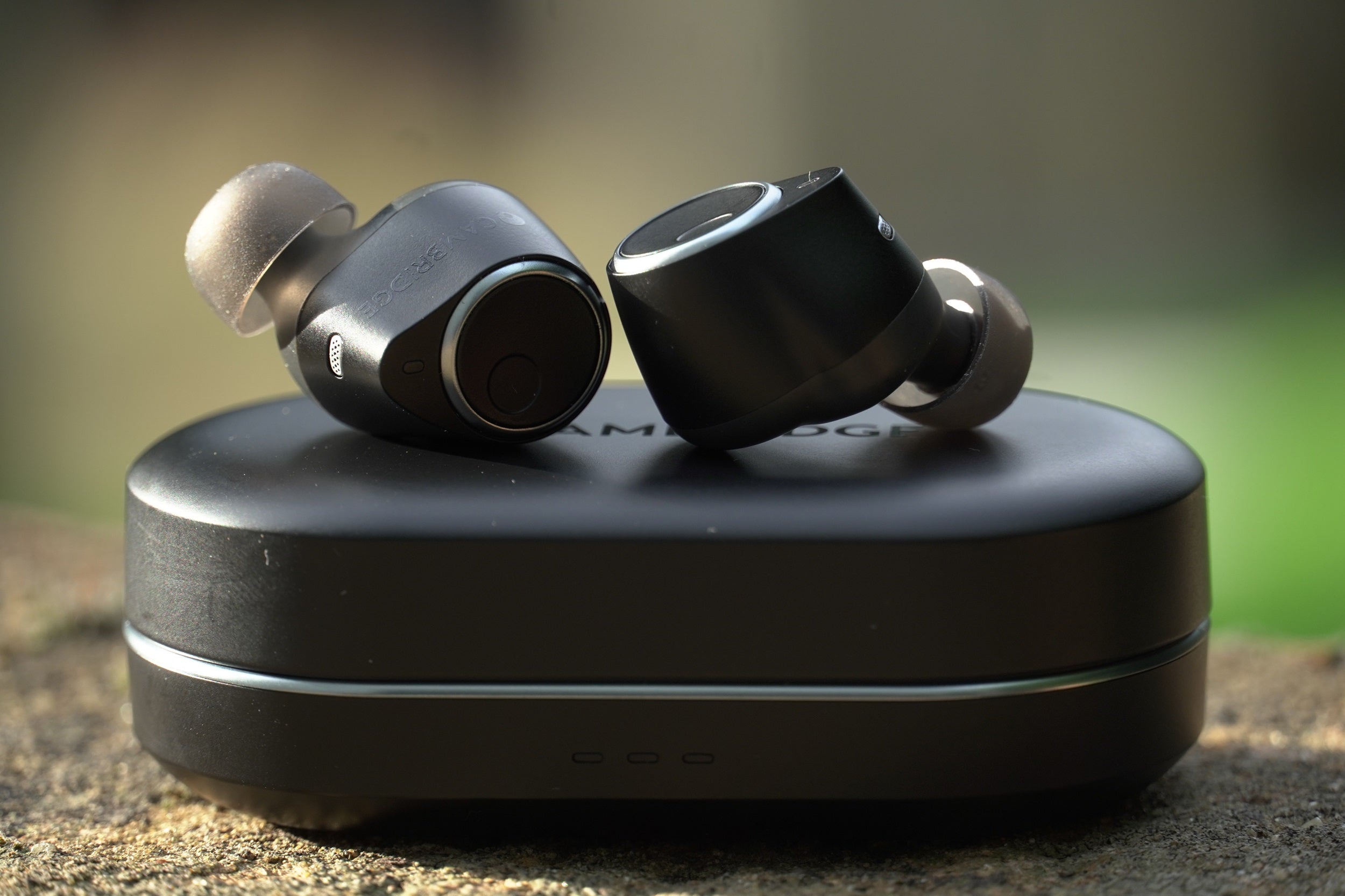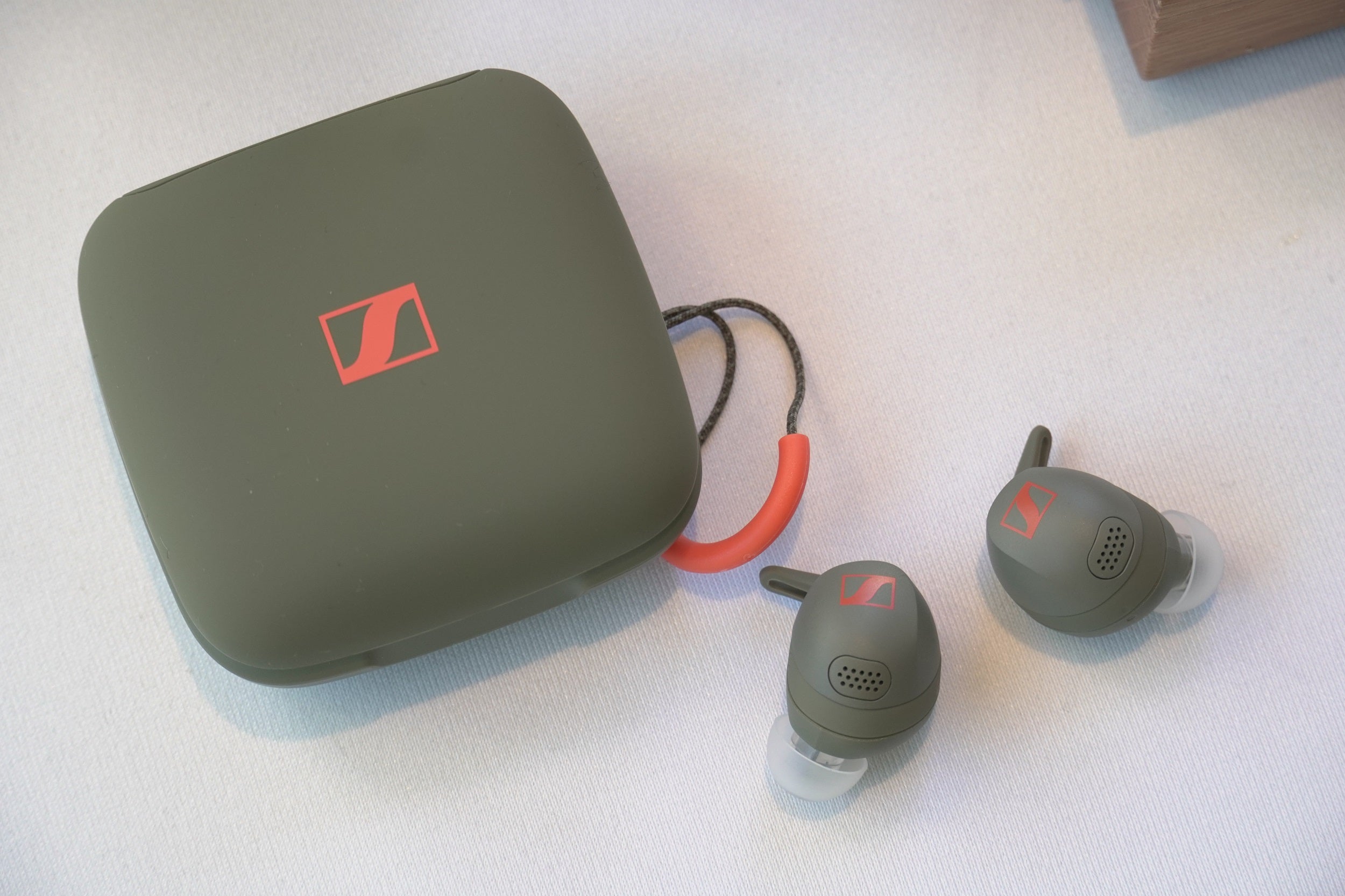Cleer Audio ALPHA Review
The alternative to the alternative
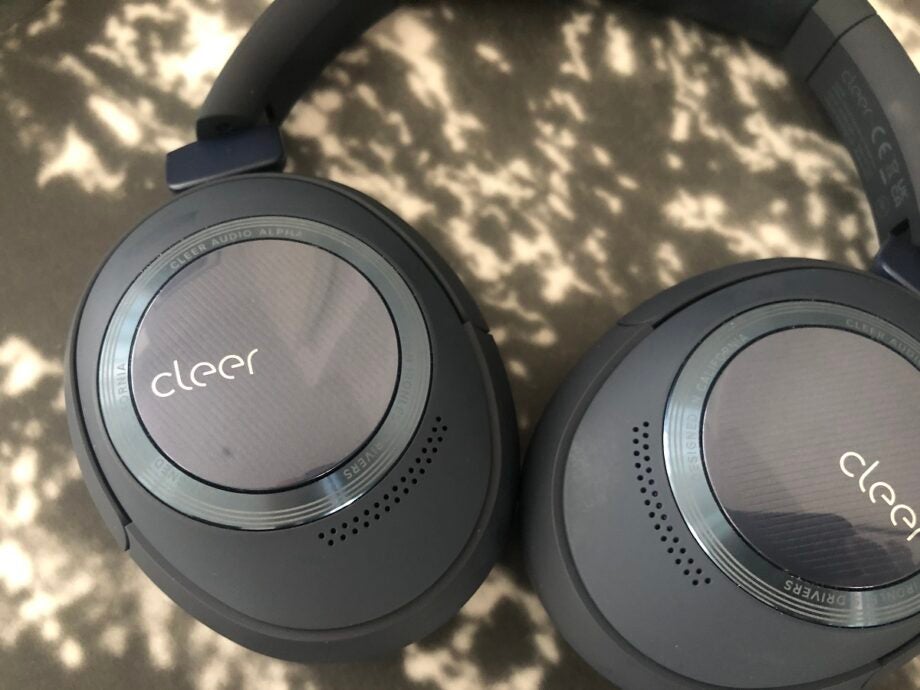

Verdict
Unless you’re determined to achieve the best noise-cancellation this sort of money can buy, the ALPHA have plenty to recommend them – both in sound quality and pride of ownership terms
Pros
- Engaging and informative sound, with non-gimmicky spatial audio as a bonus
- Nicely built and finished
- Impressive specification includes fine battery life
Cons
- Can be bettered for noise-cancellation
- Slightly restricted dynamic headroom
- Numerous higher-profile rivals
Key Features
- Dirac Virtuo spatial audioSpatial audio support that widens the soundstage
- BluetoothSupports aptX Adaptive for better connection in busy signal areas
Introduction
It takes an intrepid brand to involve itself in the market for fairly expensive over-ear active noise-cancelling headphones. All the biggest guns are involved, and it’s an area where ‘pretty good’ is seldom good enough.
Cleer Audio, though, demonstrably fancies its chances. These ALPHA headphones have the looks, the build quality, and the on-paper specification to compete – and in Dirac Virtuo spatial audio, they have a genuine point of difference.
‘On paper’ is one thing, though… ‘in practice’ is quite another. Are the Cleer Audio ALPHA enough to compete?
Availability
- UKRRP: £249.99
The Cleer Audio ALPHA active noise-cancelling over-ear headphones are on sale now, and in the United Kingdom they’re priced at £249. In America they’re available for a slightly more competitive $249. While they’re not on sale in Australia yet, I expect they’ll be priced at around the AU$449 mark.
Far be it from me to state the obvious, but at this sort of money the ALPHA have a fight on their hands. Sony’s all-conquering WH-1000XM4 are routinely available at this sort of money these days, and everyone from Bose to Sennheiser via Beats and JBL is ready to sell you a pair of similarly specified, similarly priced headphones wearing a more readily recognisable brand logo.
Design
- Flat-folding
- Comfortable over the long haul
- 330g
Even fiddling around the edges of over-ear headphones design is asking for trouble. It almost goes without saying that Cleer Audio is not interested in making life any more difficult for itself. So, the ALPHA are very sensibly designed to look more-or-less like every other pair of premium over-ear headphones you’ve seen.
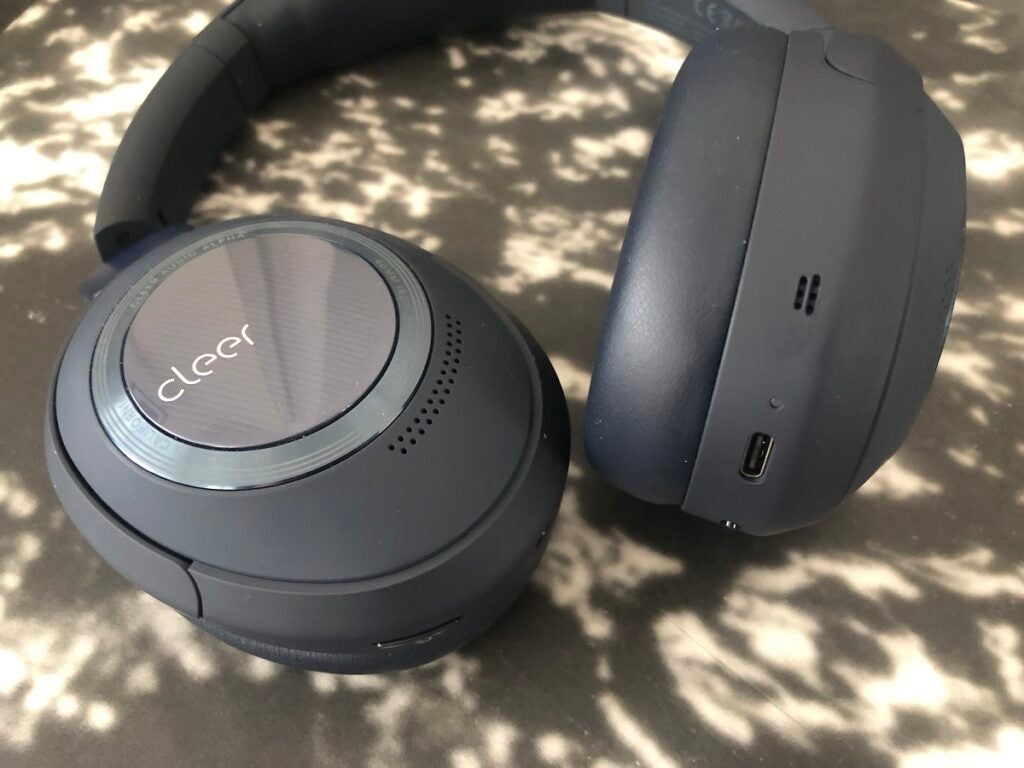
And it’s a design that’s very well realised. The materials are almost entirely plastic, but it’s of superior grade – there are no creaks or groans here, and the outer contact points are soft-touch and tactile. The padding of the headband and the earcups feels good and proves comfortable – and the earcups themselves don’t give your own body heat back to you for quite a while.

There’s a decent amount of articulation in the earcups and frame, so the ALPHA will fold small and flat, and there’s a semi-hard carry-case in which to stow them when not in use. And while the overall weight of 330g is nothing remarkable, the ALPHA design is quite compact where many rivals aren’t – so the smaller-headed among us won’t feel swamped when wearing a pair.
My review sample is finished in ‘midnight blue’, but ‘stone’ (a finish Cleer is ever so keen on) is also available.
Features
- Cleer+ control app
- Bluetooth 5.1 with aptX Adaptive
The ALPHA uses Bluetooth 5.1 for wireless connectivity, which allows compatibility with SBC, AAC and aptX Adaptive codecs. The latter should ensure flawless audio/video syncing. Once the audio information is on board, it’s served to the ears by a couple of multi-magnet 40mm full-range drivers Cleer Audio describes as ‘ironless.
Bluetooth 5.1 also goes a little way to explaining the 35 hours of battery life the ALPHA enjoys – hands up anyone who doesn’t think that’s sufficient?

The headphones can be controlled in several ways. There’s a combination of physical and touch-sensitive controls around the earcups – the shiny plastic of the right earcup includes a capacitive touch-surface that covers volume up/down, play/pause, skip forwards/backwards, answer/end/reject call and conversation mode (which reduces volume just long enough for you to order that soya latte). It’s also home to a power on/off/Bluetooth pairing button and a 3.5mm analogue socket.
By way of contrast the left earcup only has to support a USB-C input (the ALPHA can go from flat to full in around two hours, while 10 minutes on the power ought to be enough for four hours of playback) and an ‘action’ button. Depending on the number and length of presses it receives, the action button will allow you to scroll through your active noise-cancellation options (on/off/ambient noise control), engage your voice assistant, or switch the Dirac Virtuo spatial audio algorithm on or off.
Dirac has been both moving and shaking in the world of audio manipulation for years now. Many home theatres have been sonically calibrated using the company’s methodologies. With Virtuo, it’s looking to deliver a spatial audio experience (in the manner of Sony’s 360 Reality Audio) from two-channel audio mixes.
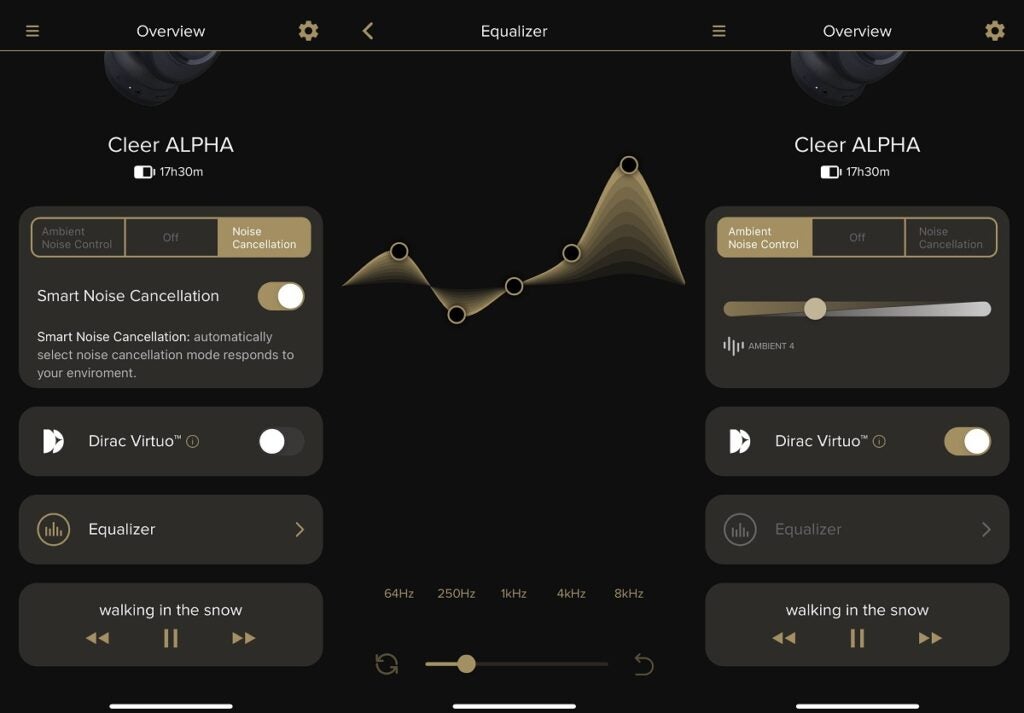
Most of these controls are duplicated in Cleer’s (commendably clean and stable) Cleer+ control app. It also features five-band EQ adjustment (when Dirac Virtuo is switched off), and ten-step adjustment of ambient noise control (varying the amount of external sound that’s allowed in).
If it wasn’t already obvious, it should be apparent that Cleer Audio hasn’t just slapped an optimistic price-tag on the ALPHA and hoped for the best. This is the kind of specification that puts the ALPHA right up against some extremely well-regarded alternatives.
Sound quality
- Informative, engaging, and robust sound
- Convincing spatial audio effect
- 40mm full-range drivers
As is only sensible, Cleer Audio allows the end user a degree of control as to the sound of the ALPHA. But, as is almost always the case, fiddling with the EQ settings in the app can only have a deleterious effect on the headphones’ audio. The company voiced them to sound their best when left well alone. And anyway, the ALPHA have two quite distinct sounds without you sticking your oar in.
Working in pure stereo, with Dirac Virtuo switched off, the ALPHA are a brawny, organised and really quite entertaining listen. Bluetooth 5.1 is more than capable of handling properly high-resolution digital audio, and with a 24bit file of Run the Jewels’ Walking in the Snow playing they sound clean and upfront. Low frequencies are substantial, momentum-packed, and properly controlled.
There’s no droning here, just disciplined attack and decay to give even more emphasis to the texture and detail involved. At the opposite end of the frequency range there’s similar alacrity and substance, the ALPHA delivering just about as much bite and shine as is acceptable without getting all bolshy about it.
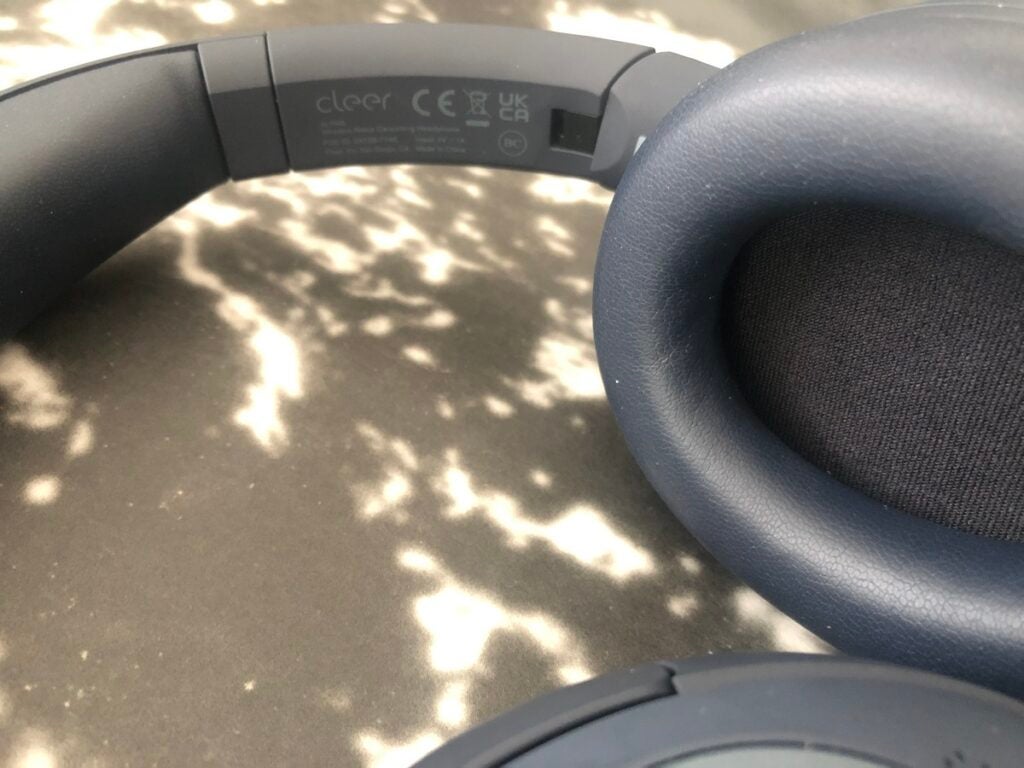
It’s in between, though, that the Cleer Audio begin to make a really compelling case for themselves. Voices sound immediate, informative, and detailed – and even while the midrange is integrated into the frequencies above and below it smoothly, vocals exist in a little pocket of space that makes them distinct and isolated (in the best sense). The more character and/or emotion in a vocal performance, the more the ALPHA seem to lap it up.
In pretty much every other respect, too, they’re an engaging listen. There’s good organisation to the soundstage they present (even if it’s far from the most expansive) and decent dynamic headroom available (even if other designs breathe a little more deeply). The overall presentation is coherent and unified.
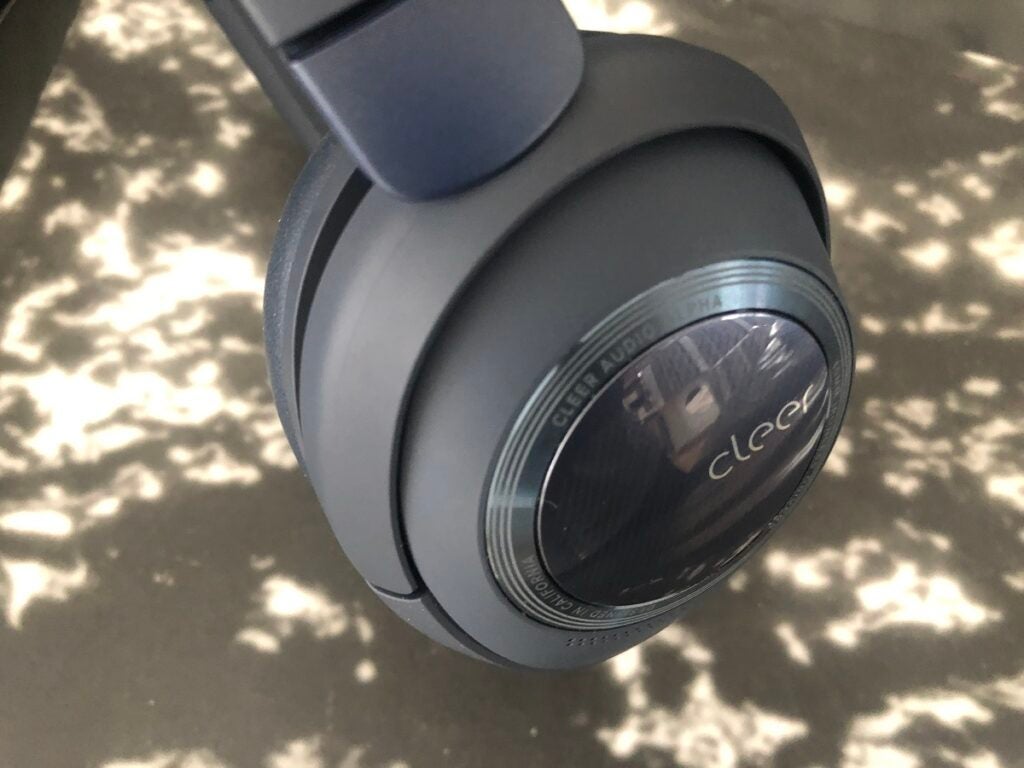
Switch Dirac Virtuo on, though, and the ALPHA undergo something of a change. Rather than the fairly obvious ‘left’, ‘right’ and ‘middle’ of the basic stereo presentation, Virtuo delivers far more of a 180-degree ‘hemisphere’ effect. But it’s reasonably subtle, and consequently preferable to Dolby Atmos Music or 360 Reality Audio. It sounds more natural, less artificial and processed. and, if you listen to a fairly primitive stereo recording like The Who’s Substitute, altogether smoother and less show-off-y.
Elsewhere, the news fluctuates between ‘good’ and ‘very good indeed’. Call quality, thanks to the Qualcomm cVc mic array, is outstanding, and it means interaction with voice assistants is utterly painless too. Noise-cancellation is good in isolation, but there’s no doubt some other designs can banish more background noise than the Cleer Audio can manage. It’s an adaptive system, supposed to adjust itself on the fly in response to prevailing ambient conditions, but in reality, seems stuck at a setting marked ‘some noise-cancelling, most of the time’.
Latest deals
Should you buy it?
You enjoy some sonic nuance Dirac Virtuo is a subtle and effective feature
You want to listen in silence ALPHA is not the last word in noise-cancellation
Final Thoughts
This is among the toughest consumer electronics market of all, but with ALPHA Cleer Audio does more than enough to justify serious consideration.
How we test
We test every headphones we review thoroughly over an extended period of time. We use industry standard tests to compare features properly. We’ll always tell you what we find. We never, ever, accept money to review a product.
Find out more about how we test in our ethics policy.
Tested for more than a week
Tested with various music streaming services
Tested with real world use
FAQs
A concept that’s slightly tricky to define as there are many interpretations of spatial audio, in a broad sense it opens up the soundfield to instrument and voices around you in a three-dimensional sphere of sound.

